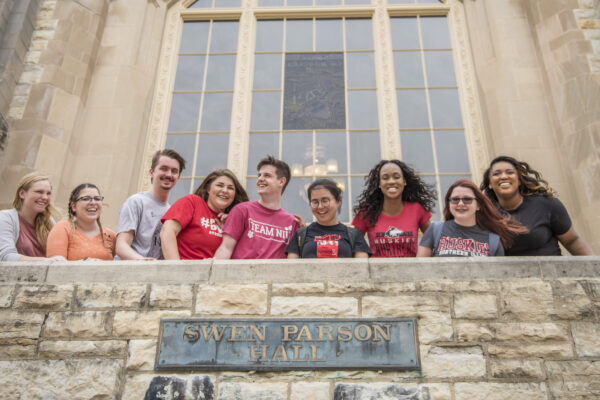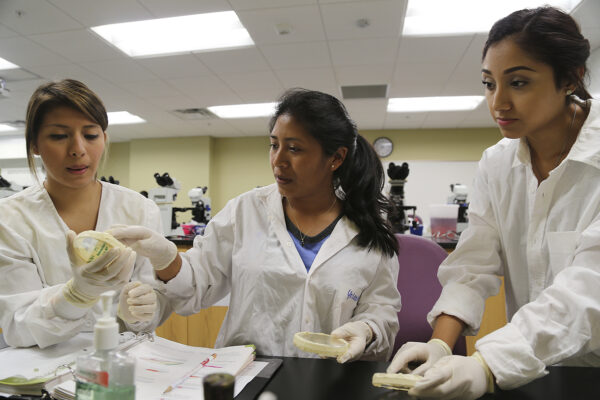Arizona State University (ASU) created the Hispanic Mother-Daughter Program (HMDP) in 1984 knowing that one of the best ways to encourage young Latinas and other first-generation students to pursue college was to involve the family. Still going strong today, the program recently made headlines for inspiring a mother to follow in her daughter’s footsteps and graduate from ASU herself.
HMDP is an early-outreach program for middle and high school students. Students from ASU partner schools apply with their parents or guardians in seventh grade and, if selected, attend workshops and events throughout eighth grade and high school. They also receive one-on-one school visits from program advisors. Although originally geared towards Hispanic mothers and daughters, the program is open to participants of any race or gender.

Underserved students in Arizona have seen real results from HMDP. Seventy-three percent of the program’s graduates attend an institution of higher education directly after graduation, according to Excelenica in Education. The majority of those are going straight to four-year universities, especially ASU. Fifty-six percent of HMDP graduates at ASU complete their degree in four years or less, and 71 percent do so within six years.
The story of mothers following their daughters into higher education because of this program is not at all a rare one. According to the Arizona Republic, during this year’s closing ceremony, 23 parents returned as ASU graduates.
—Carly O’Connell
At a Glance
Member Institution: Arizona State University
Initiative: Hispanic Mother-Daughter Program
Goal: Increase the number of first-generation Arizona students who are qualified and prepared to enroll at ASU or other higher education institutions through direct family involvement.
Become a member: As a member of ACE, you join nearly 1,800 organizations that collectively promote, protect and advocate for students, faculty and administrators in higher education. ACE is the most visible and influential higher education association in the nation, and we are at the center of federal policy debates concerning legislation that affects campuses across the country. See more on the ACE website.
If you have any questions or comments about this blog post, please contact us.


